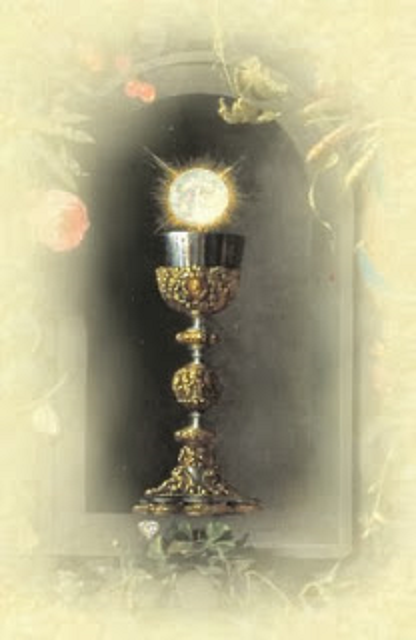This Article is taken from, and can be read in full at, SHARENATOR
Ice Cutters: These were men who cut the ice from frozen lakes. Once cut up, they
would transfer their product to the ice delivery men. These ice cutters worked in extreme conditions. Most of them were happy when more started using the refrigerator
for keeping their food safe.
Rat-Catchers: Keeping the rat population under control was practised in Europe
to prevent the spread of diseases to man, most notoriously The Black Plague
and to prevent damage to food supplies.
Lamplighter: Was a person who would go around the City, at night, and light
all of the Lamps by hand. They usually held out a long Pole,
with a Wick on the end, to light the Street Lamps.

Bowling Alley Pinsetter: Before Bowling Alleys had machines
to reset their Pins, there were people who did it, called “Pinsetters”.
It was typically a Teenagers job and paid very little.

Switchboard Operator: Up until three decades ago, Switchboard Operators were important players in the Telecommunications industry. They were needed to make
Long Distance Calls and to manage Busy Circuits. But with the advent of Digitised Telecommunications, Switchboard Operators had to find new jobs. These days,
making Long Distance Calls can be done on your Mobile Phone.
Knocker-Upper: A Knocker-Upper's job was to rouse sleeping people, so they could get to work on time. The Knocker-Upper used a Truncheon, or short, heavy Stick, to knock on the clients' doors, or a long, and light, Stick, often made of Bamboo, to reach windows on higher floors. At least one of them used a Pea-Shooter. In return, the Knocker-Upper would be paid a few Pence (Cents) a week. The Knocker-Upper would not leave a client's window until they were sure that the client was awake.
“Time to get up !!!”.
Making sure that the Client gets up in time for work.







































